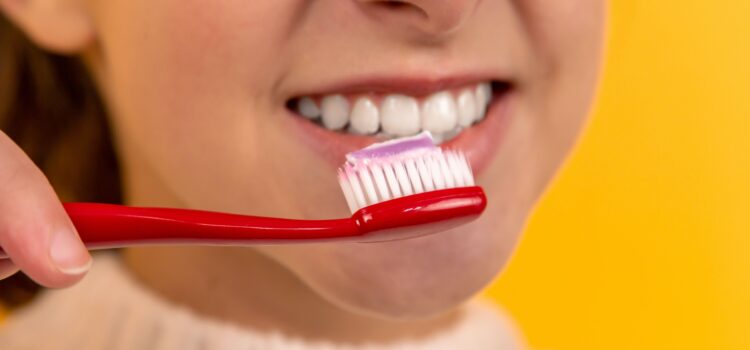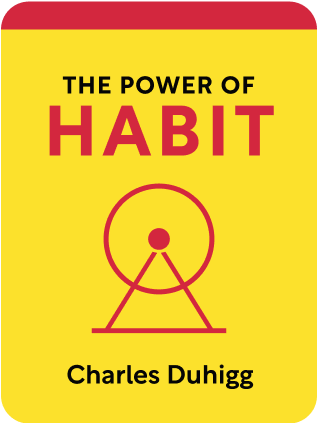

This article is an excerpt from the Shortform book guide to "The Power of Habit" by Charles Duhigg. Shortform has the world's best summaries and analyses of books you should be reading.
Like this article? Sign up for a free trial here .
Are you looking for habit loop examples? Can these examples help explain the habit loop?
In habit loops, we respond to cues and seek rewards. These habit loop examples explain how this works and why we respond to it.
Keep reading for three habit loop examples and their explanations.
Habit Loop Examples
These habit loop examples offer insight into how the habit loop works. They’re real life examples that can help you learn more about habit loops.
Example 1: Tingly Toothpaste
One of the earliest habit loop examples is toothpaste. In the early 1900s, American rarely brushed their teeth. It just wasn’t ingrained as a daily habit. Combined with processed foods, the lack of dental hygiene led to an epidemic of rotten teeth. Enter Claude Hopkins, a master advertiser who had made Palmolive and Quaker Oats into household names. Taking up the case of new toothpaste Pepsodent, he focused on building a new habit:
- Cue: run your tongue over your teeth. You’ll feel a film that discolors and decays your teeth.
- Routine: brush your teeth with Pepsodent
- Reward: end up with a beautiful smile
Pepsodent rocketed in demand. Before Pepsodent, only 7% of Americans owned toothpaste; 10 years after the ad campaign, the number jumped to 65%.
But it turns out this wasn’t the first time the cue had been used in advertising. Other brands had tried and failed with similar marketing.
The secret, it turns out, was the aftertaste of Pepsodent. With mint oil and citric acid, Pepsodent left a cool, tingling feeling after brushing teeth.
Customers of Pepsodent revealed that if they forgot to brush their teeth, they missed the tingling sensation. They craved this feeling. This drove the growth of Pepsodent over other toothpastes; and when other companies introduced mint to their toothpaste, Pepsodent’s market share dropped.
Example 2: Febreze and Cues of Bad Smells
When invented in the 1990s, Febreze was a magical product – it could remove bad smells from fabric, not just cover it up like other products. It seemed like a sure-fire win, an alternative to dry cleaning and laundry. The team designed ads with cues and rewards, focusing on the cue of bad smells. The reward was clothing that no longer smelled like cigarettes, or sofas that no longer smelled like dog. This another one oft he clear habit loop examples.
But the ads failed. Sales didn’t bump at all, and they coasted along at low levels.
They discovered that the cue failed – people perpetually around bad smells couldn’t actually detect the cue any longer. If you’re a long time smoker, your nose just becomes less sensitive to smoke smells. This meant the habit couldn’t fully form.
So the Febreze team tried a different strategy. Instead of attacking the smell problem, they repositioned the product as the proper reward to a cleaning routine. They added more perfume to Febreze, and they encouraged customers to spray Febreze after freshly making a bed or vacuuming. Over time, customers associated cleanliness with the smell of Febreze.
Then the smell became a craving. If it didn’t smell nice like Febreze, it didn’t really seem clean.
This habit change catapulted the use of Febreze – it wasn’t just used when bad smells happened, it was used habitually after every cleaning.
Example 3: Cinnabon
In malls, Cinnabon locates its stores away from other restaurants. They want the smell alone wafting through the hallways to act as a cue, then trigger a craving for the cinnamon roll. Once the customer finally sees the Cinnabon store, the routine to buy a cinnamon roll activates and they get their sweet reward.
These habit loop examples can help you understand how the loop works, and consider how your habits relate.

———End of Preview———
Like what you just read? Read the rest of the world's best book summary and analysis of Charles Duhigg's "The Power of Habit" at Shortform .
Here's what you'll find in our full The Power of Habit summary :
- The 3 steps to change your habits
- Why habits are at the root of success in football
- How social movements are just an expansion of habits from individuals to communities






